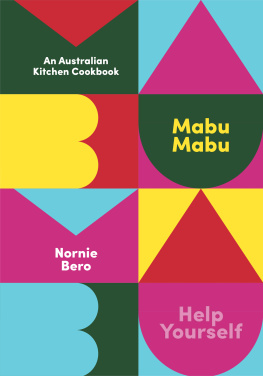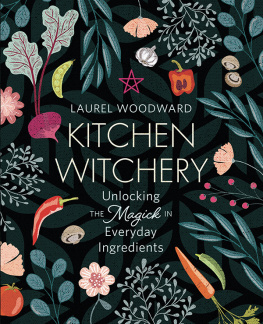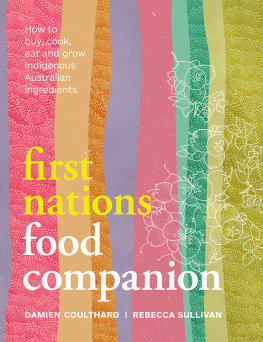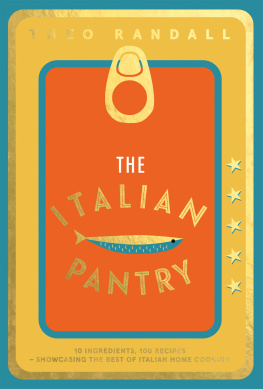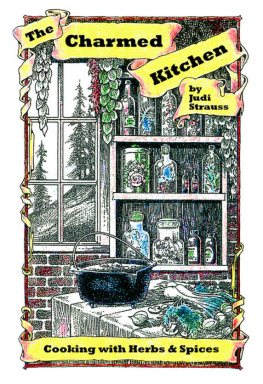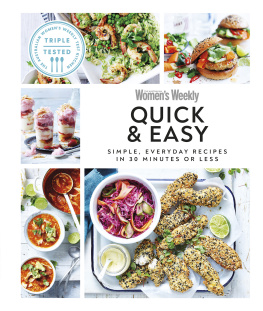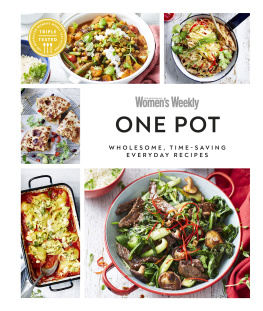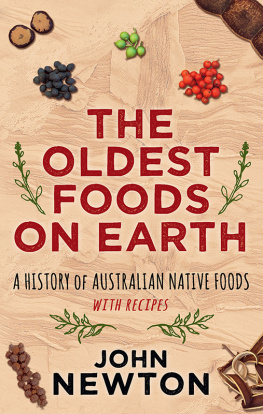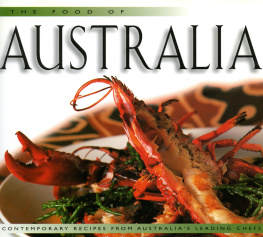

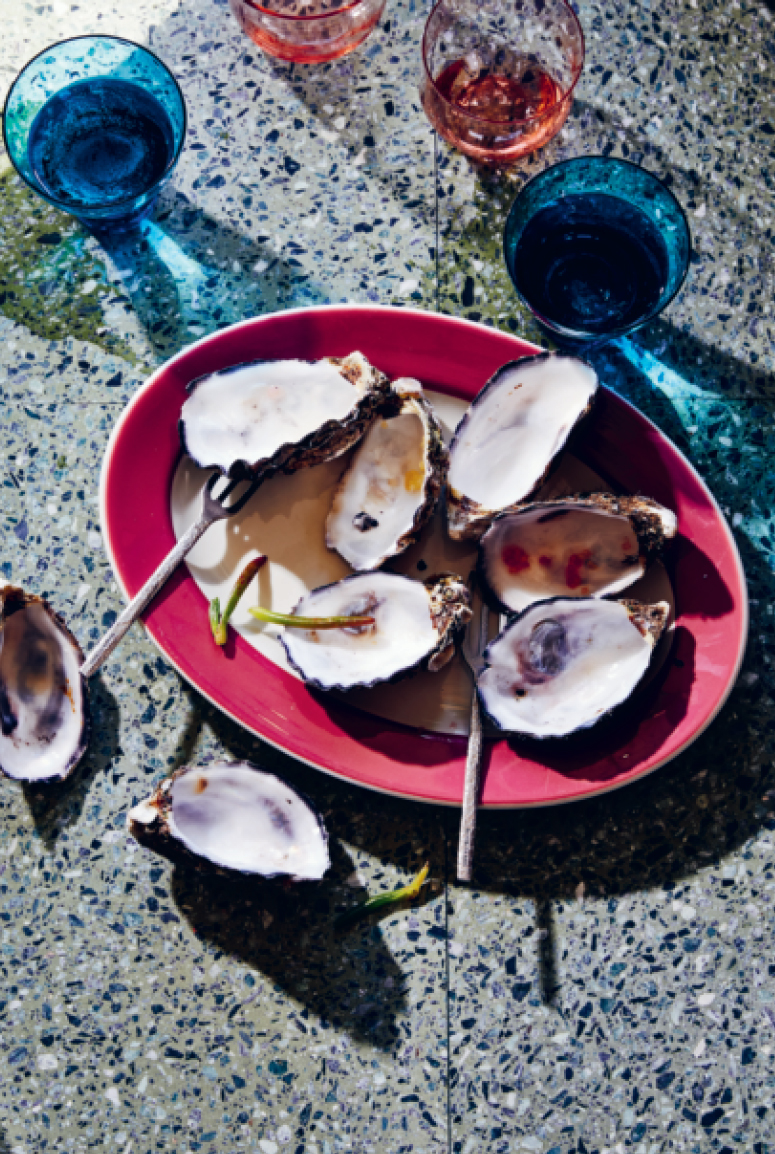
Firstly, Id like to say au wa esso (biggest thank you) to my father, George Gai Bero, who gave me a name I will always have to spell out. I carry the strong culture and all your dreams with me always, which guides me in life. Thank you for all the dreaming and never giving up, and for all the jokes and the singalongs my Black Elvis.
To my beautiful wife, Charlie, thank you for always being my rock and for always fighting for what is right in this world. Also, for all the taste-tests you have done, my condiment queen. You have been a huge part of this book coming together and in getting me to the end of the line. Thank you for always being the most colourful person in the room my stingray forever, xx.
Thank you to Hugo for being the very best friend someone could have. We have been eating our way through all the challenges. Thank you for sharing this business with me. This book is both of us my brother from another mother.
A special thank you to Anna and Jane from Hardie Grant for giving me this opportunity and sticking with me all the way. And thank you to the rest of the team for making it all come together. Its one of the coolest things Ive ever done.
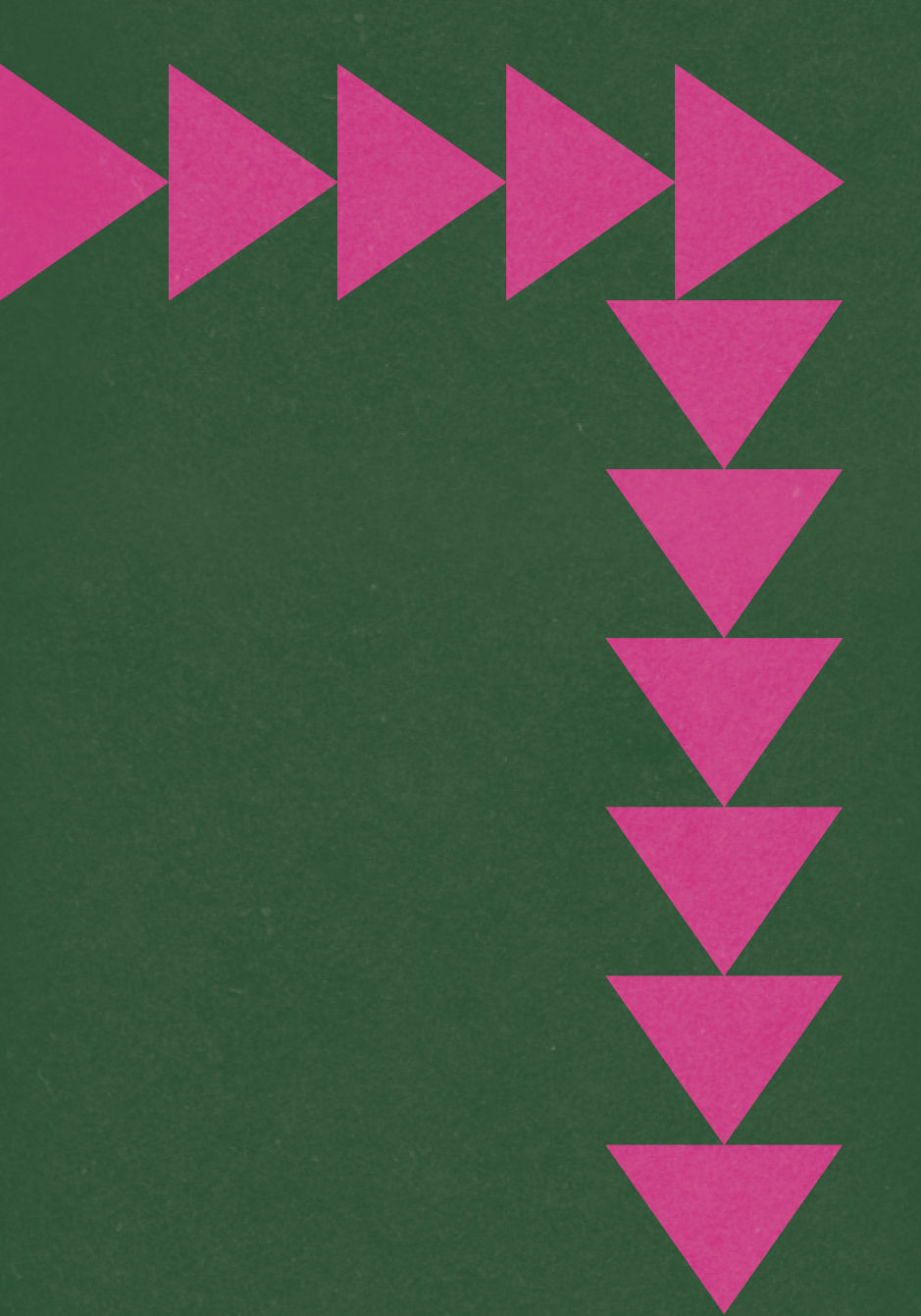
Nornie Bero is from the Meriam People of Mer Island in the Torres Strait and is the Executive Chef, CEO and Owner of Mabu Mabu. Bero has been a professional chef for more than twenty-five years. Her style of cooking is all about generosity and flavour and she has been creating dishes using Australian native ingredients for much of her career. Mabu Mabus venues Tuckshop in Yarraville, and Big Esso in Federation Square, Melbourne, champion Islander flavours and Australian native produce. Through the business and this book, Nornie is on a mission to make Indigenous herbs, spices, vegetables and fruits a part of everyones kitchen pantry.
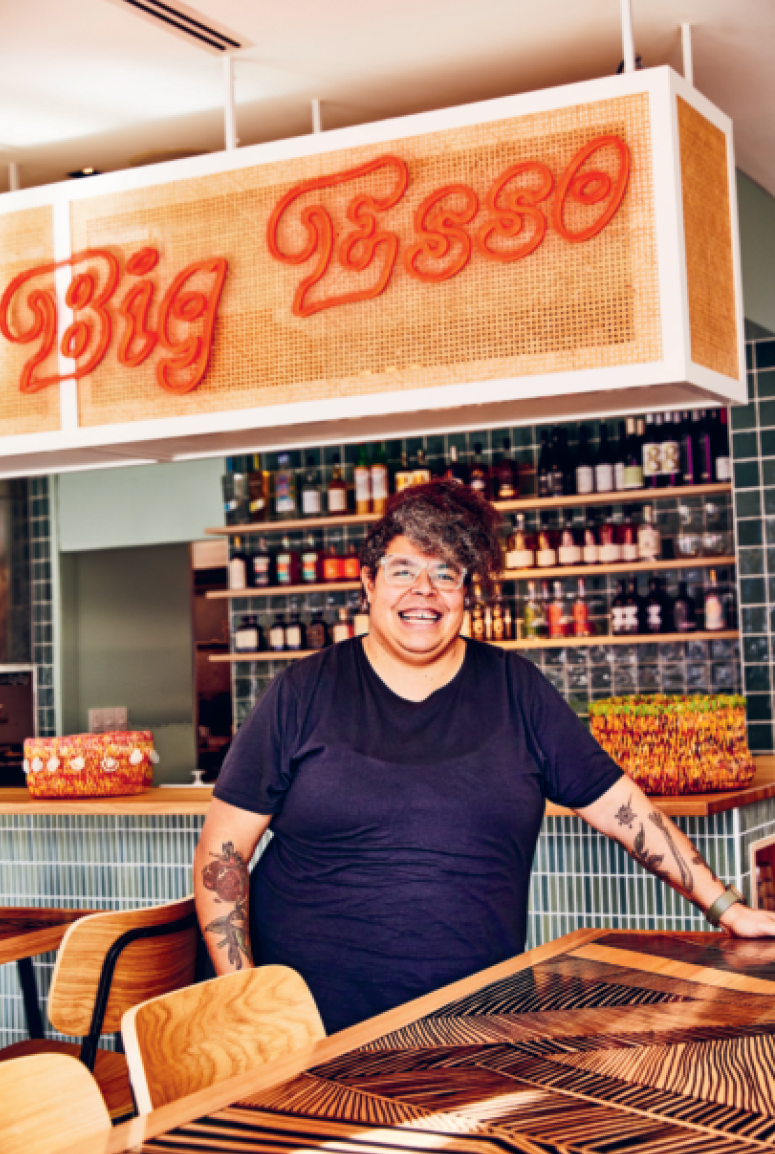
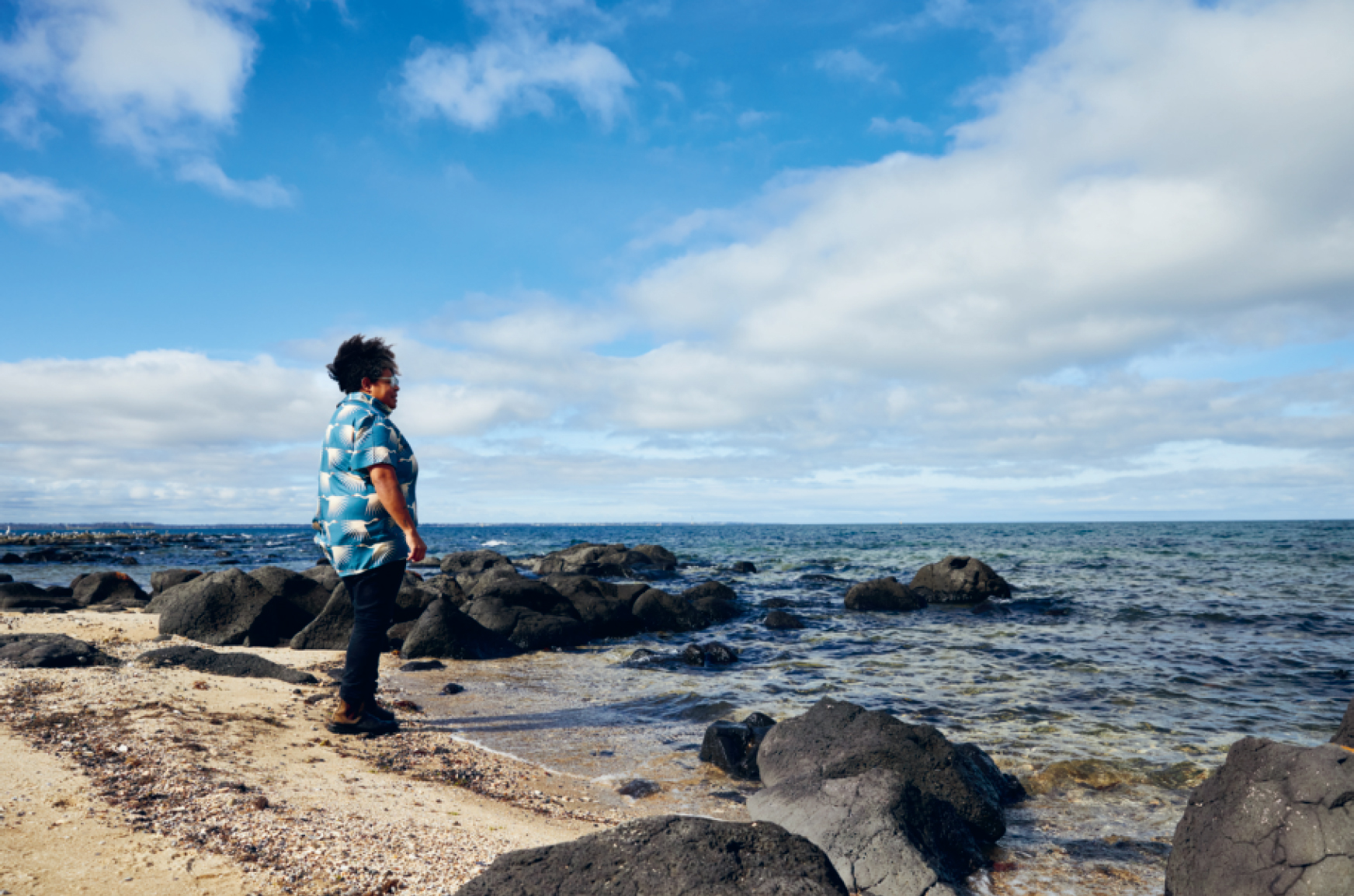
Flour is an essential part of life in the Torres Strait Islands. Its in almost every meal, and you can make so many things out of it, from savoury to sweet. Every New Years Day, there is a flour fight. We chuck big handfuls of the stuff at each other until were covered from head to toe, then jump in the saltwater to wash it all off. Then we start the New Year fresh. When I was living in Innisfail, I would make the drive home every other weekend to visit my cousin Joanna. She would always make me these dombois slathered with golden syrup butter for a taste of home.
Serves 4 (if youre talking about Island families, probably 2)
Ingredients
250 g (9 oz/1 cups) plain (all-purpose) flour, plus extra for dusting
, to serve
Method
1. In a bowl, mix the flour with 240 ml (8 fl oz) water to get a nice sticky dough. Flour your work surface and knead your dough until well combined.
2. Bring a pot of salted water to the boil. Cut the dough into six pieces. Roll each piece into long, finger-sized sausages. Cut each piece to finger length, then place the dough pieces in the boiling water for 3 minutes until they float to the top.
3. Once cooked, drain off the water. Eat hot with golden syrup butter.

While many kids come home from school and have a slice of bread, Island kids would always have dombois, which are similar to doughnuts and can be served savoury or sweet. They are super filling, especially when cooked sabee-style in rich coconut cream. I have vivid memories of watching my aunties ripping bits of dough and throwing them into the simmering coconut cream to make this dish. Its debe lag lag (delicious)!
Serves 24
Ingredients
300 g (10 oz/2 cups) peeled and cubed Japanese pumpkin (squash)
300 g (10 oz/2 cups) cubed white sweet potato (skin on, but washed)
1.5 litres (51 fl oz/6 cups) coconut milk
pinch of salt
300 g (10 oz/2 cups) plain (all-purpose) flour, plus extra for dusting
golden syrup (light treacle), to serve (optional)
Fried Banana
300 g (10 oz/2 cups) plain (all-purpose) flour
pinch of salt
2 green finger bananas, peeled and thickly sliced
500 ml (17 fl oz/2 cups) vegetable oil, for frying
Method
1. Cook the pumpkin and white sweet potato in 750 ml (25 fl oz/3 cups) boiling coconut milk and 250 ml (8 fl oz/1 cup) water with a pinch of salt until soft.
2. To a bowl, add the flour and 250 ml (8 fl oz/1 cup) water, or enough to mix to a sticky dough.
3. Sprinkle some flour onto a clean work surface and knead the dough for a few minutes, or until you have a nice soft-textured dough (add more flour as needed to stop the dough from sticking to the bench and your hands).
4. Flatten the dough to a 1 cm ( in) thickness and slice into strips about 5 cm (2 in) wide. Pull the strips apart into small pieces.
5. Boil the remaining coconut milk in a large saucepan and drop in the pieces of dough. Stir and allow to cook for a few minutes the milk should be absorbed into the cooked dough.
6. Put the cooked sweet potato and pumpkin mix into the saucepan with the dombois and mix through.
7. For the fried banana, mix the flour, a pinch of salt and 125 ml (4 fl oz/ cup) water into a batter in a bowl.
8. Coat the banana slices in the batter, then fry in the vegetable oil until golden. To check that your oil is hot enough, drop a pinch of flour in; if it sizzles, its the right temperature.
9. Serve the sabee dombois with a side of fried banana.
10. For a sweeter version, drizzle over some golden syrup.
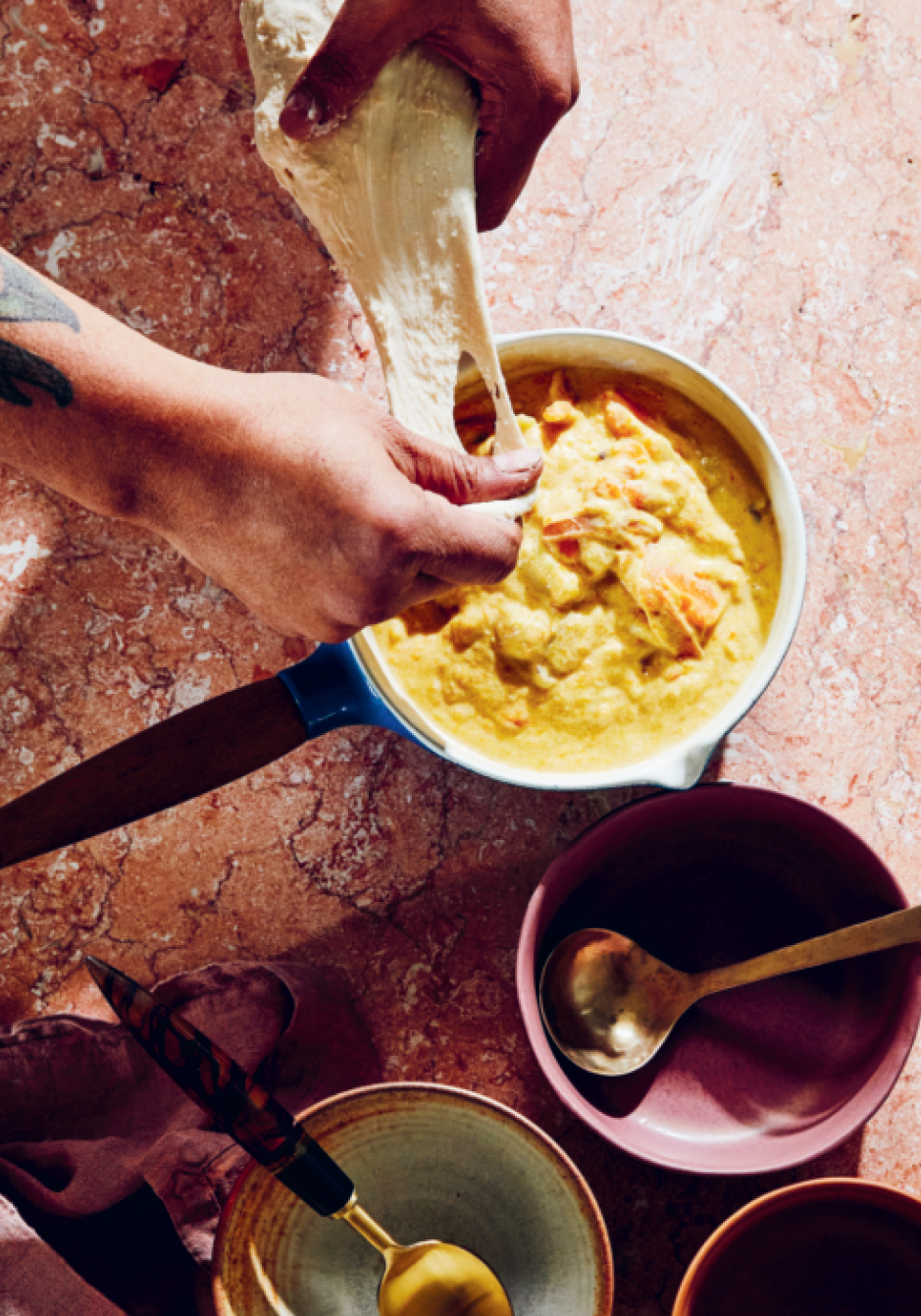
Island people make the best damper, but we do it very differently to how most Australian kids make it on their school camps. Damper is the only kind of bread I grew up with. You dont get freshly baked loaves off the barges we just had flour and tins of butter. It was always made simply but Island-style: wrapped in banana leaves and steam-baked in the kup murri (underground oven). This is the first thing my dad ever taught me to cook. Its loads of fun to make and relies on simple kitchen staples. Damper also saved my business during the 2020 COVID lockdowns, when I started doing damper workshops via Zoom. These days, Im known everywhere for my damper.
How to know when your damper is ready
I learnt to check my damper from my nan, and now my chefs at Mabu Mabu use this technique. If you grew up in a big family you might have had a relative who would tap each watermelon at the market to find the freshest, juiciest fruit for the kids. They were listening for a thud to make sure the watermelon wasnt hollow. The damper technique is exactly the opposite when you tap the bottom, your hand should bounce off the surface and you should hear a nice hollow sound. This means the damper is cooked through and ready to eat.
Next page
